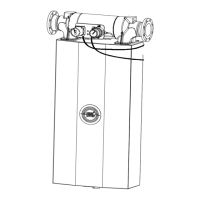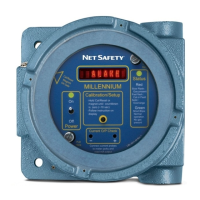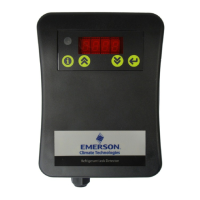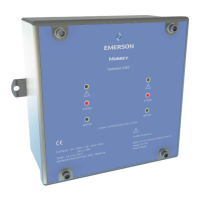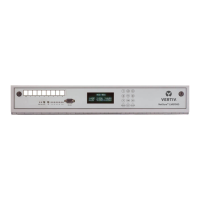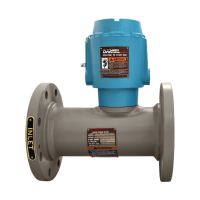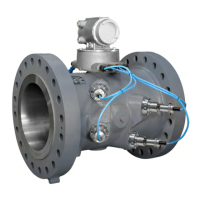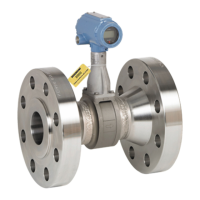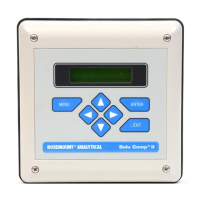2.2 Best practices
The following information can help you get the most from your meter.
• Handle the meter with care. Follow local practices for lifting or moving the meter.
• Perform a Known Density Verification (KDV) check of the meter prior to installing the
meter.
• For the DLC-coated tines, always fit the protective cover over the tines when the meter
is not in use. The tine coating is not resistant to impact damage.
• Always store and transport the meter in its original packaging. For the long-stem
meters, be sure to include the transit cover secured by the grub screws.
• Do not use liquids that are incompatible with the materials of construction.
• Do not expose the meter to excessive vibration (greater than 0.5 g continuously).
Vibration levels in excess of 0.5 g can affect the meter accuracy.
• For optimal performance of the meter, ensure that operating conditions correspond to
the meter calibration-type code and boundary.
• Ensure that all piping connections conform to the local and national regulations and
codes of practice.
• Properly tighten the transmitter housing cover after wiring to maintain ingress
protection and hazardous area approvals.
• After installation, pressure test the meter and the associated pipework to 1½ times the
maximum operating pressure.
• Install thermal insulation in the meter, the inlet, and the bypass-loop pipeline to
maintain stable temperatures. The thermal insulation should cover the process
connection.
2.3 Power requirements
Following are the DC power requirements to operate the meter:
• 24 VDC, 0.65 W typical, 1.1 W maximum
• Minimum recommended voltage: 21.6 VDC with 1,000 ft (305 m) of 24 AWG
(0.205 mm²) power-supply cable
• At startup, power source must provide a minimum of 0.5 A of short-term current at a
minimum of 19.6 V at the power-input terminals.
Planning Installation Manual
May 2019 MMI-20020989
8 Micro Motion Fork Density Meter
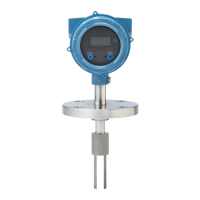
